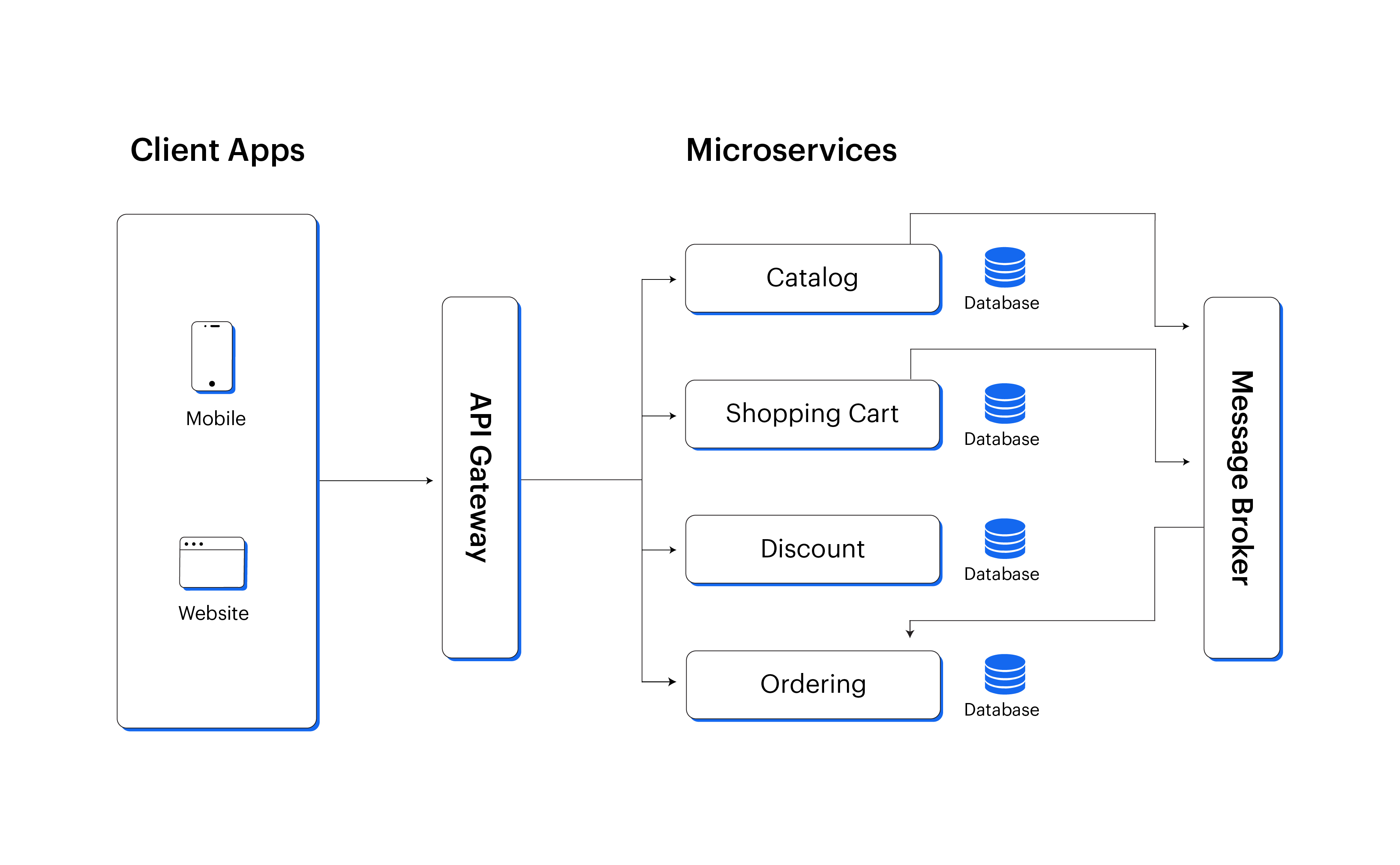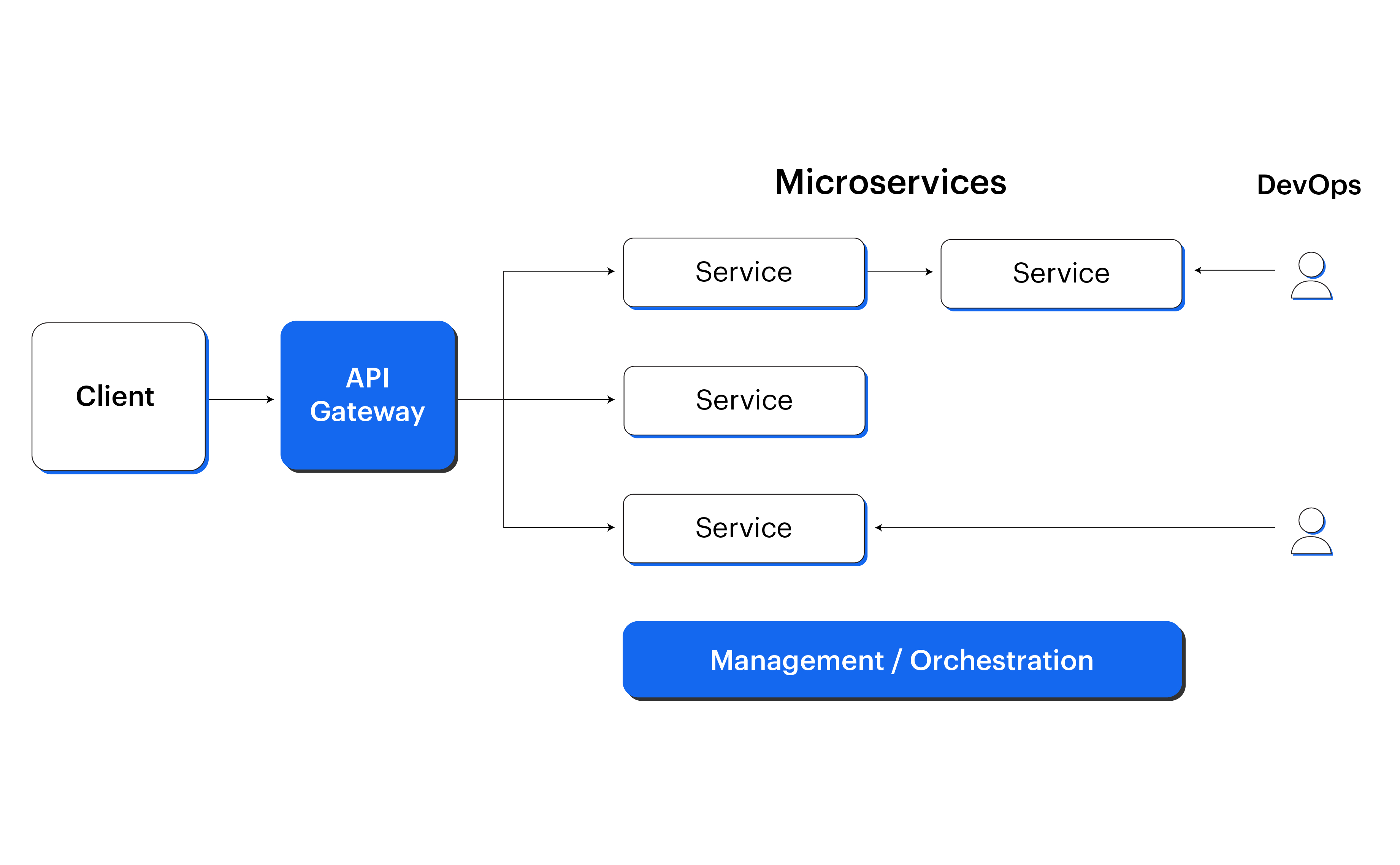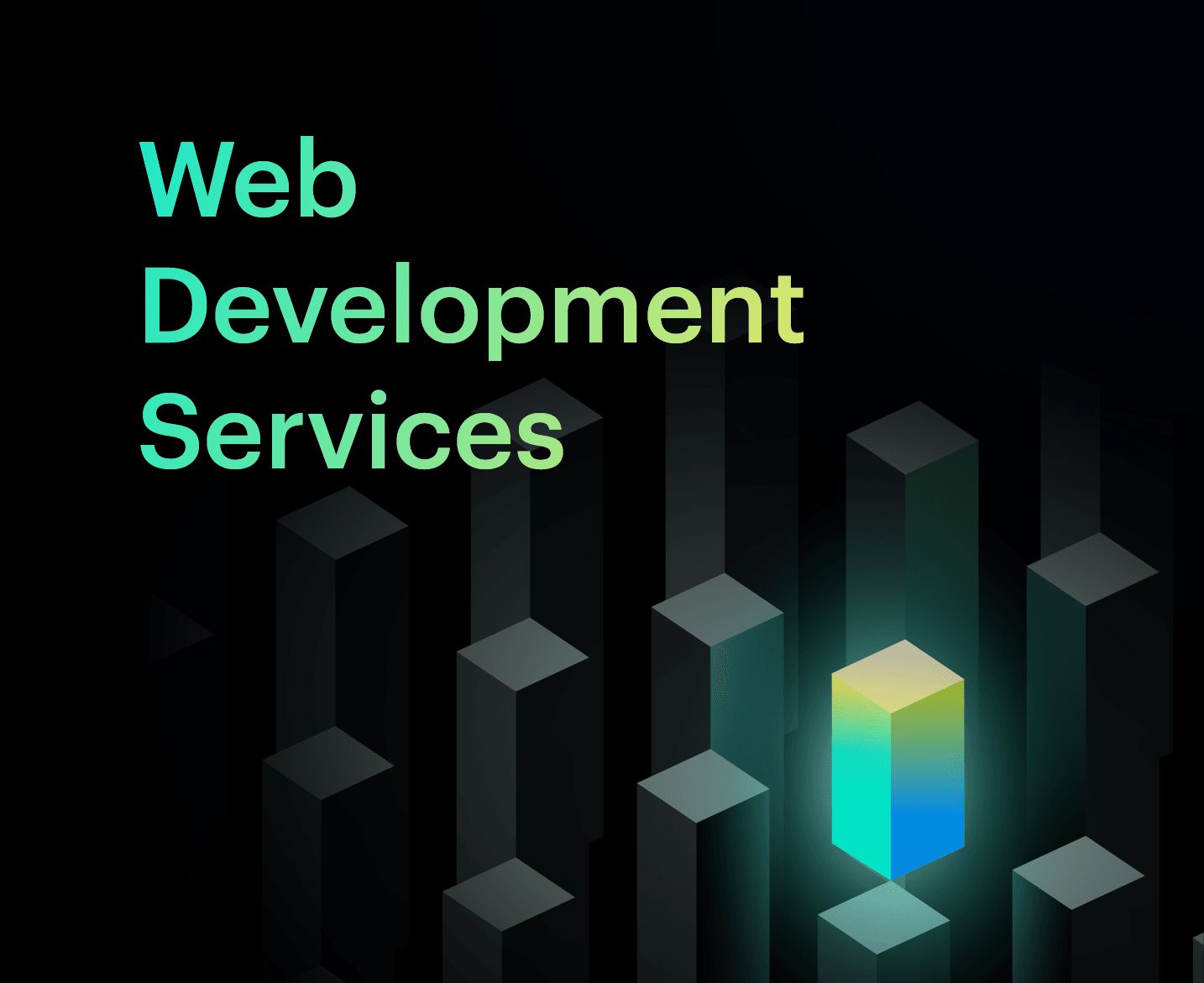What is Microservices Architecture? An Explanatory Guide

- What is Microservices Architecture?
- Overview of Microservices Architecture Style
- What is Microservices Architecture Used for?
- Major Characteristics of Microservices
- Significant Advantages of Microservices Architecture
- How Large Applications Benefit from a Microservices Architecture?
- How Netflix Used Microservices Architecture for Enhanced Customer Experiences
- Wrap Up
- What is Microservices Architecture?
- Overview of Microservices Architecture Style
- What is Microservices Architecture Used for?
- Major Characteristics of Microservices
- Significant Advantages of Microservices Architecture
- How Large Applications Benefit from a Microservices Architecture?
- How Netflix Used Microservices Architecture for Enhanced Customer Experiences
- Wrap Up
Microservices architecture has evolved in the last few years as more organisations opt for DevOps and continuous testing to be increasingly agile. Different technologies, microservices architecture patterns and best applications have emerged in the digital sphere with the introduction of microservices architecture.
With domain-driven design, polyglot programming, continuous delivery, scalable systems, platforms and infrastructure automation, microservices have worked wonders on the applications of leading companies such as Netflix, PayPal, and X.
In this article, let’s learn more about microservices architecture, its benefits in building high-end applications, and real-time scenarios in detail.
What is Microservices Architecture?
Microservices architecture defines the process of developing software, where an application is divided into smaller and independent parts known as microservices, each dedicated to performing a specific function or feature.
The microservices perform together but are developed, updated, and scaled individually, which makes the entire software application resilient and highly flexible.
Within a microservices architecture, every microservice forms a single service created to incorporate an application feature and manage discrete operations.
The microservices architecture diagram below illustrates how each microservice interacts with other services through simple interfaces to resolve business problems.

Overview of Microservices Architecture Style
Microservices architecture encompasses a collection of small and autonomous services. Every service is self-contained and must execute a unified business capability in a bounded context.
The bounded context is a usual business division and offers an explicit boundary that encloses a domain model.

What is Microservices Architecture Used for?
Specifically, microservices help accelerate application development. Microservices architectures developed with Java are common; for instance, the Spring Boot ones.
Comparing microservices with service-specific architecture is a common scenario. While both share the same objective of breaking up monolithic applications into small components, they adopt a unique approach. Here are some examples of microservices architecture:
- Website Migration
A complex website hosted on a monolithic platform could be migrated to a container-based or cloud-based microservices platform.
- Media Content
Microservices architecture lets you store images and video assets in scalable object storage and can be served to the web or mobile directly.
- Transactions and invoices
Payment processing and ordering could be separated as individual service units so payments are readily accepted even when invoicing doesn’t work.
- Data Processing
Microservices platforms can offer cloud support for the existing modular data. In the case of data processing, it could involve a pipeline step, where microservices design lets these services be developed, managed and executed independently.
Major Characteristics of Microservices
- Single Responsibility Principle
Every microservice focuses on a unified business function or feature, thus promoting modularity and reusability.
- Independence
Microservices are deployable independently and can be updated without affecting the other services.
- Communication
Services communicate with lightweight protocols (specifically gRPC, HTTP/REST, or messaging queues like Kafka or RabbitMQ. )
- Decentralised Data Management
Every service manages its own data store or database, guaranteeing data autonomy.
- Polyglot Development
Teams can use different frameworks or programming languages that suit every type of service.
Significant Advantages of Microservices Architecture
Scalability
Microservices architecture allows each service to be independently scaled to align with the demand for the application feature it supports. This lets teams optimise infrastructure requirements, accurately measure the cost of a feature and keep up availability when a service encounters a spike in demand.
Agility
Since microservices architecture involves smaller and focused teams that work on distinct services, they manage an organisation of independent teams that take ownership of the services. Teams work within a well-understood and small context and are driven to work more quickly and independently, which reduces the development cycle times. You can benefit greatly from the total throughput of the organisation.
Resilience
Fault isolation reduces the impact of failing service on the whole system. Service independence adds to the applications’ resistance to failure. While talking about monolithic Vs microservices architecture, the former causes the entire application to fail with a failure in a single component. In contrast, the latter handles the total service failure by compromising functionality, but not crashing the whole application.
Technological Flexibility
Microservices architecture can leverage several tech stacks and tools for every service. Additionally, it offers more flexibility in terms of integrations and technology choices. Each microservice can be developed using the programming language and technology that best aligns with its specific feature or function without being affected by the application's technology choices for other components. This gives room for more experimentation and innovation.
CI/CD Friendly
Continuous Integration (CI) is the process of automatically integrating modifications to code into a common source code repository. Continuous Delivery/Deployment (CD) involves testing and delivery of the code changes. Without a CI/CD process in place, developing and releasing services slows down as the team strives to make sure the application works as a whole and the manual tasks delay deployments. Microservices architecture employs a CI/CD approach to keep deployments steady and swift.
How Large Applications Benefit from a Microservices Architecture?
Microservices architecture has evolved into a cohesive yet granular approach towards software development and has supported large-scale enterprises such as Netflix, Amazon, X, Spotify, and PayPal. Large applications benefit from microservices architecture for many reasons listed below:
1. Independent Scaling Capabilities
Every service can be independently scaled to suit a specific demand. For example, during a sale, a product catalogue might need to scale up but the user management service can still be stable.
By allowing different services to scale depending on their unique requirements, microservice architecture avoids over-provisioning.
2. Faster Development Cycles
It enables parallel development, which means the team works separately on different services without waiting for the other teams.
Example: Adding a new payment gateway becomes easier for the payment team without concerning the order or user management teams.
It involves automated testing and CI/CD pipelines that implement faster development cycles. The services can be deployed numerous times a day without affecting the whole system.
3. Persistence and Fault Isolation
It offers service independence, which means a failure in a service does not impact the entire application. Also, the circuit breakers avoid cascading failures by ceasing communication with faulty services.
4. Adaptability to New Technologies
With polyglot programming, microservices architecture enables the use of the best technology by different teams for each service. For instance, Data processing using Python, payments in Java, UI Backend in Node.js, etc.
Through gradual migration, you can also migrate individual services to novel technologies without the need to rewrite the entire application.
5. Maintainability and Modularity
It follows a single responsibility principle, which means every service focuses on a particular business capability, which makes the codebase modular and effective to maintain. Ownership and accountability make troubleshooting and updates quicker.
6. Dealing with Complexity
Decomposition lets you break down large applications into manageable components. With a Domain-Driven Design (DDD), microservices are designed across business domains, which makes the architecture more aligned with the business requirements.
7. Global Distribution
With a great geographic distribution, it enables deploying specific services near the users to facilitate reduced latency. For example, deploying CDN and authentication services across regions.
8. Security and Compliance
Services could be isolated to adhere to specific security and compliance needs. For example, payment services can have stringent security controls compared to the recommendation engine. With API gateway security, you can have centralised security checks, such as authentication, rate limiting, etc., at the API gateway level.
9. Monitoring and Observability
Individual services can be monitored separately to track performance and error rates. The distribution also provides end-to-end visibility into request flows that extend across multiple services.
10. Reduced Deployment Risk
Blue/green deployments and canary releases minimise risk through rolling out updates eventually. The automated rollbacks help detect failures quickly and revert to a stable version automatically.
How Netflix Used Microservices Architecture for Enhanced Customer Experiences
Here’s a microservices architecture example from Netflix, which moved towards adopting microservices architecture to make applications seamless, streamlined and user-friendly.
The Problem:
Initially, by adopting a monolithic architecture, Netflix faced challenges such as:
- Slow release cycles
- Limitations to scale
- Outages due to tightly coupled services
The Solution:
By switching to a microservices architecture, the brand was able to experience the following:
- Decompose the application to more than 500 microservices
- Enable individual teams to manage their services
- Scale services independently to suit specific demands like video encoding, recommendation engines, etc.
The Results:
Netflix we see today, with its smooth and seamless streaming service, is all the result of microservices architecture. By adopting AWS (Amazon Web Services) to manage the entire application and IT infrastructure, they replaced the existing monolithic architecture with a microservices architecture hosted on the public cloud. This guaranteed no point failure and highly scalable IT infrastructure to augment millions of requests without having any service roadblocks.
- Faster innovation and deployment cycles
- Enhanced customer experience and personalised content recommendations
- Improved fault isolation and resilience
Wrap Up
While microservices architecture offers a pool of benefits to large applications, it should also involve strategic planning, high-end DevOps culture, and intensive monitoring to manage the complexities involved.
Once implemented correctly, microservices can eventually improve agility, scalability and resilience, making them an ideal choice for large applications. If you’re thinking about building large and scalable applications with the power of microservices architecture, dedicated support from a web development services company is inevitable.
To learn how our team at WAC supports you in building resilient and flexible applications using microservices architecture, get in touch with our experts!

Custom Web Development Services
Creating solid digital presence and enhancing brand value through web-based products
Discover Digital Transformation
Please feel free to share your thoughts and we can discuss it over a cup of tea.










